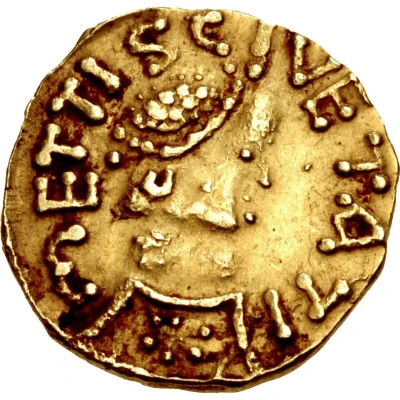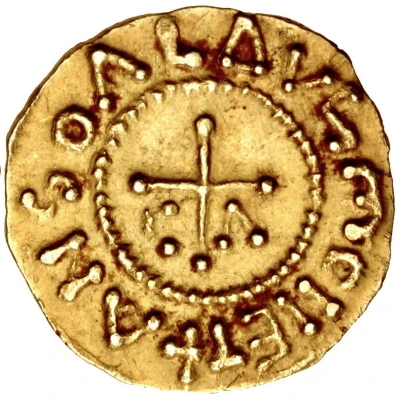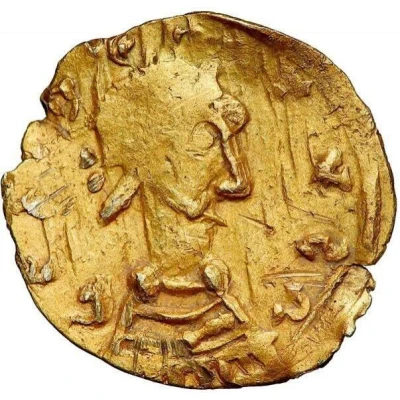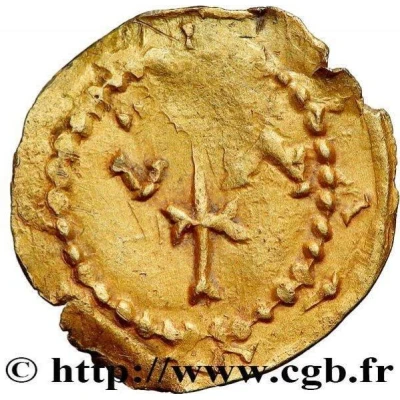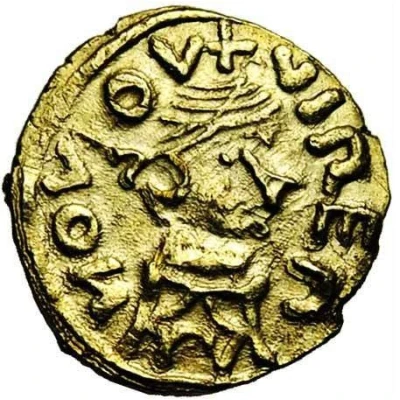
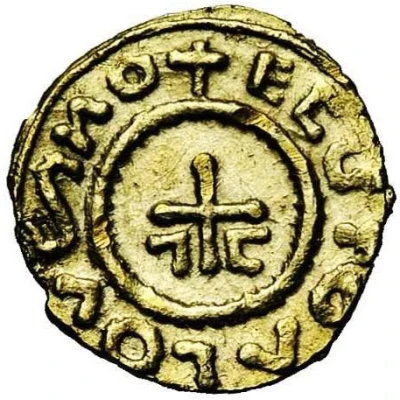

© Jean Elsen & ses Fils s.a.
Tremissis - Moneyer Bertoaldus Verdun
| Electrum | 1.25 g | - |
| Location | Kingdom of Austrasia (Frankish Kingdoms) |
|---|---|
| Moneyer | Bertoaldus |
| Type | Standard circulation coin |
| Years | 630-650 |
| Value | 1 Tremissis (⅓) |
| Currency | Tremissis (476-670) |
| Composition | Electrum |
| Weight | 1.25 g |
| Shape | Round (irregular) |
| Technique | Hammered |
| Orientation | Variable alignment ↺ |
| Demonetized | Yes |
| Updated | 2024-10-09 |
| Numista | N#115029 |
|---|---|
| Rarity index | 97% |
Reverse
Cross flanked by ΛC.
Script: Latin
Lettering: ✠ E [..] RTOΛLOVS NO
Unabridged legend: BERTOALDUS MONETARIUS
Translation: Moneyer Bertoaldus.
Interesting fact
One interesting fact about the Tremissis coin made of Electrum and weighing 1.25g is that it was used as a form of currency during the early Middle Ages in Europe, specifically in the Frankish Empire. It was first introduced by King Pepin the Short in the 8th century and remained in circulation until the 11th century. The coin's design featured the king's name and title on one side and a cross on the other, symbolizing the connection between the monarch and the Christian faith. Despite its small size and relatively low value, the Tremissis played a significant role in facilitating trade and commerce during a time of economic growth and cultural exchange.
